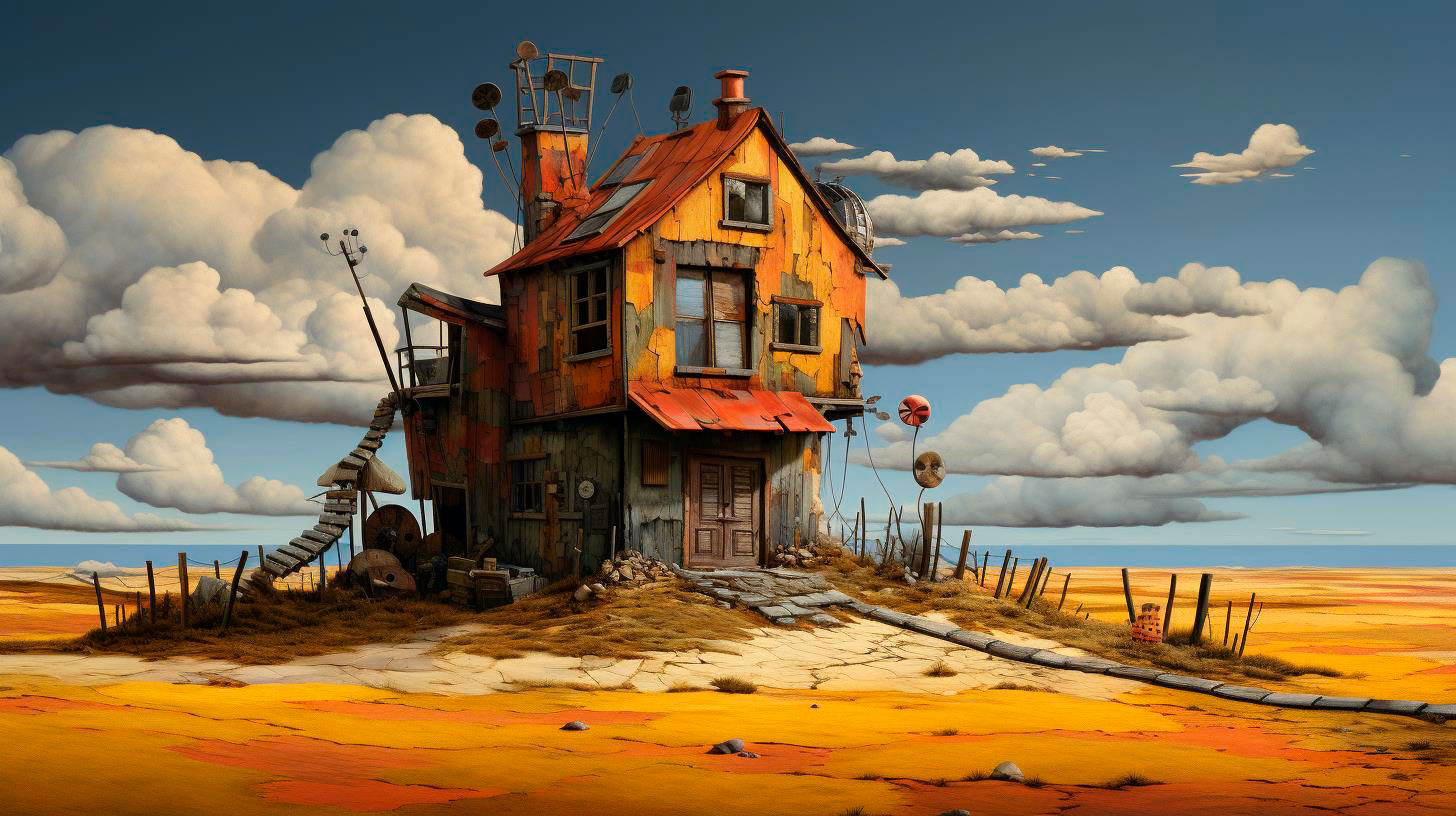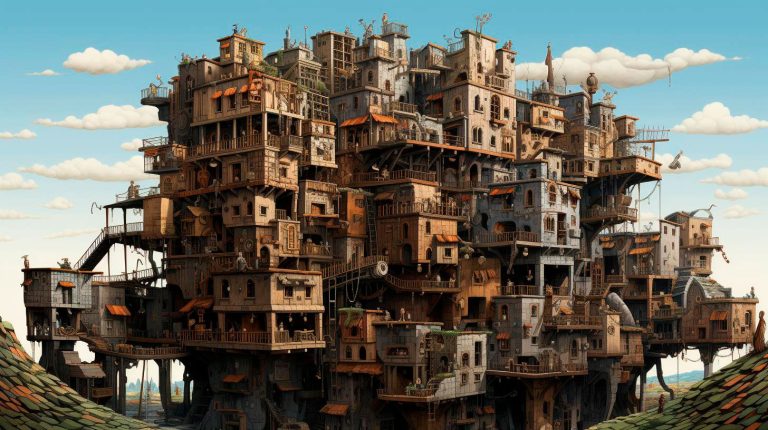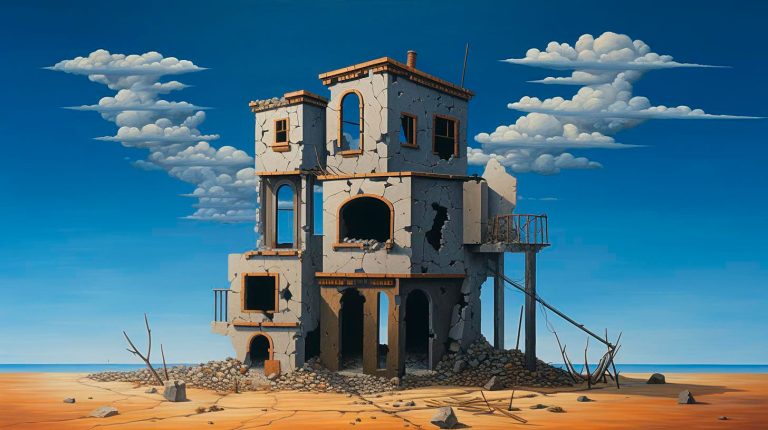It serves not only as a visual time machine but also as a vital tool in historical research and preservation efforts.
Preserving the Past with Photography
Photography plays a crucial role in documenting historical artifacts, landmarks, and cultural practices. It allows us to freeze a moment in time, capturing the nuances and details that might have otherwise been lost forever. Museums, archives, and cultural institutions leverage this powerful medium to create comprehensive visual records of our shared history.
- Visual Documentation: Photography provides a visual record of cultural heritage, allowing future generations to connect with their past through images.
- Archival Preservation: By digitizing photographs, cultural institutions can preserve fragile and deteriorating originals while making them accessible to a wider audience.
- Research and Restoration: Photographs serve as invaluable tools for historians, archaeologists, and restoration experts, aiding their efforts in studying and reconstructing historic places and artifacts.
Bringing History to Life
Photography not only contributes to preserving cultural heritage but also brings it to life for people across the globe. Through visually captivating images, viewers can gain an intimate understanding of different cultures, traditions, and historical events.
- Engaging Education: Historical photographs offer a tangible and relatable way of teaching history, providing students with a direct visual connection to the past.
- Cultural Exchange: Photography fosters cultural exchange by showcasing diverse traditions and customs, promoting appreciation and understanding among different communities.
- Virtual Tours: Online platforms and galleries enable virtual tours of cultural sites and exhibitions, allowing individuals to explore and experience heritage from the comfort of their homes.
Preserving Collective Memory
One of the key takeaways from using photography as a preservation tool is its ability to capture collective memories and preserve them for future generations. Cultural heritage is not limited to grand monuments or famous artworks; it also encompasses everyday life, traditions, and experiences.
- Social History: Photographs document the everyday lives of people, serving as glimpses into the social and cultural dynamics of a particular era.
- Promoting Diversity: By capturing the richness and diversity of cultural practices, photography strengthens the value we place on our shared humanity.
- Individual Narratives: Personal photographs provide unique insights into the lives of individuals, highlighting their contributions to cultural heritage and society.
Preserving for Future Generations
The advancement of technology and the widespread availability of cameras have had a profound impact on the preservation of cultural heritage. However, the digital era also poses its own challenges in safeguarding this valuable medium for future generations.
- Metadata and Tagging: Implementing robust metadata systems and accurate tagging allows for efficient organization and retrieval of photographic archives.
- Metadata and Tagging: Implementing robust metadata systems and accurate tagging allows for efficient organization and retrieval of photographic archives.
- Storage and Backup: Proper storage and backup strategies are essential to protect digital archives from loss or corruption.
The Future of Photography and Cultural Heritage
The symbiotic relationship between photography and cultural heritage is likely to continue evolving in the future. With advancements in technology such as high-resolution imaging and 3D modeling, new possibilities for preserving and experiencing cultural heritage are emerging.
- Virtual Reality: Virtual reality technologies offer immersive and interactive experiences, allowing users to explore cultural sites in unprecedented ways.
- Augmented Reality: Augmented reality applications enhance our understanding of cultural heritage by overlaying digital information onto real-world environments.
- Artificial Intelligence: AI-driven technologies can aid in the discovery and analysis of historical photographs, assisting researchers in uncovering hidden narratives.
Conclusion: A Window into the Past
Photography, like a visual time machine, captures and preserves our cultural heritage for future generations. It brings history to life, fosters cultural exchange, and promotes appreciation for our collective memory. As technology continues to advance, the future looks promising for preserving and experiencing cultural heritage through the lens of photography.















+ There are no comments
Add yours